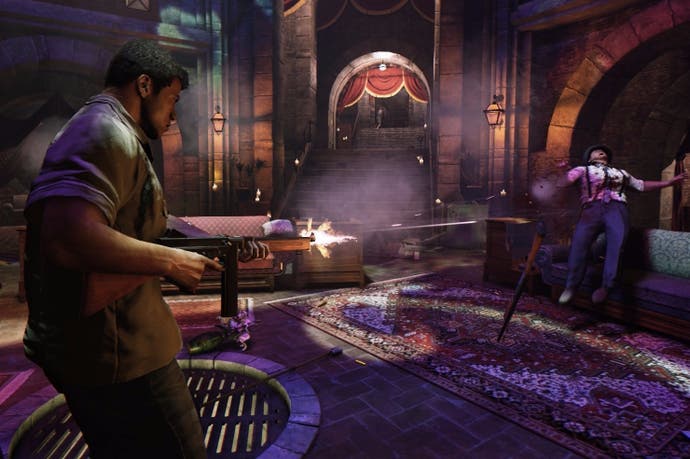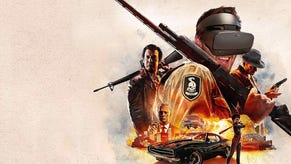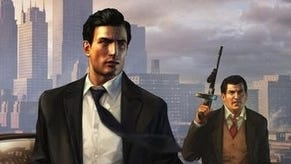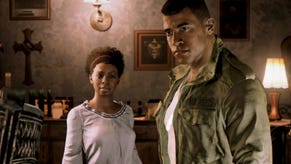Mafia 3's setting is great
But the game itself currently leaves a little to be desired.
There's something about the Deep South - its sticky nights, those dense bayous and that subtle undertone of violence carried on the hot breeze - that seems so well suited to video games, so it's a surprise not more have taken up the city of New Orleans as a backdrop. Mafia 3, 2K's open world gangster epic developed by new studio Hangar 13, demonstrates just how great it can be.
In a short, hands-off demo in 2K's Gamescom booth, expensively adorned in late 60s period dressing, it's the city that's the real star. This open world might not be as breathtaking as The Witcher 3's wind-swept expanses, and it doesn't quite seem the measure of Grand Theft Auto 5's Los Santos, but what it has in excess is atmosphere: as our anti-hero Lincoln Clay walks the outskirts of the French Quarter at night, you can feel the heat dripping up off the streets.
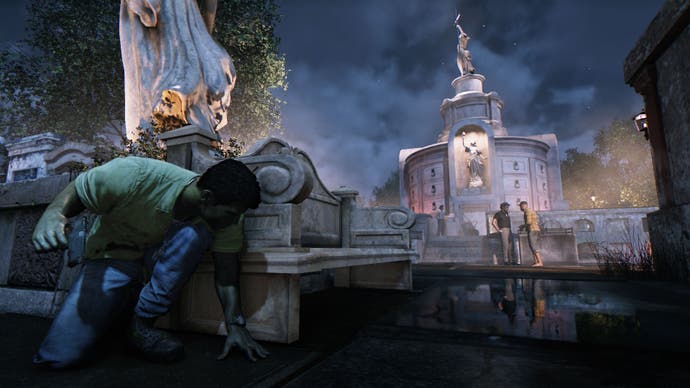
It's a delight, and packed with real detail: the flag of New Orleans flutters in the thick, muggy night off of exquisitely rendered Creole townhouses, their intricate iron balconies spidering out into the sidewalk. There are cute incidentals that sell the 1968 setting - stoned buskers sit in doorways strumming out hazy folk, while the windows of a local club shake to the sound of The Kinks - as well as some less cute ones. On one intersection, a policeman dusts down a young black man, having seemingly stopped him just for the colour of his skin.
Intervening's an option, but Clay chooses to walk on, heading to a graveyard to interrogate a mark, and to earn some intel that'll help him locate a mob hideout. It's here that Mafia 3 begins to fall apart a little. When the combat inevitably ensues, so much of the charm of the setting slips, moving aside to make way for a generic grab-bag of open world action: you'll slide in and out of cover, perform Sleeping Dogs-style dynamic takedowns as you pummel heads into tombstones and slaughter enemy after enemy. You're a one man army blundering through this delicately crafted city.
As Clay gets behind the wheel, smuggling his mark into the passenger seat, some of that character returns. When driving in third person you're still given a rear-view mirror permanently affixed at the top of the screen, and the cars themselves - springy, sleek sedans and sportscars that fit snugly in the era - bounce around with pleasing conviction. In this instance, though, it's serviced by an open world mission staple - in order to get the information you need, you have to drive recklessly, scaring it out of your unfortunate passenger.
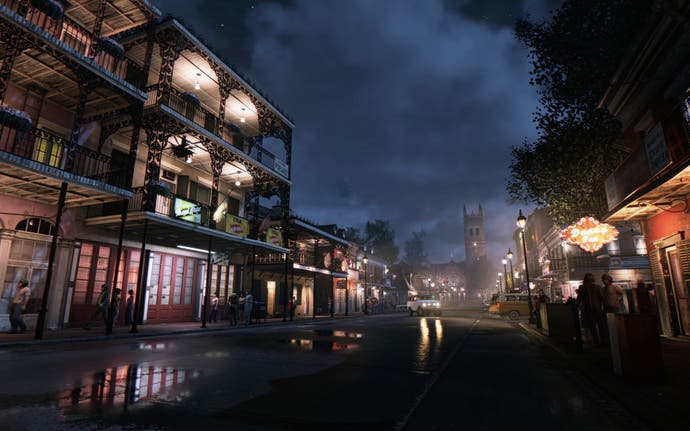
In one novel twist you can call off the heat that ensues by heading to a phonebooth, ringing up one of your lieutenants to gain their services, be that calling in extra muscle or using some of your cash to bribe the forces. We go for the latter option, and as we finally make our way to the jazz club that's our objective Mafia 3 reverts to type. Beneath the club there's a drug den - as told by the multi-coloured lights and the burned-out hippies sitting either cross-legged playing sitars or crashed out on well-worn sofas - and Clay is presented with the choice to either noisily headshot or silently neckstab his way through the fray.
It's a brief demo, and there's no time for questions afterwards - we're quickly ushered away to make way for the next group - but it's hard not to walk away disappointed. At a time when open worlds are being smartly appropriated, from the rich ambience of The Witcher 3 through to the freewheeling madness of Metal Gear Solid 5, it feels like a backwards step to see one that's a stage for little more than mindless murder. Still, with its protagonist and setting Mafia 3 gets a lot right - it's just that, right now, what lies beyond that seems to need a little more imagination.
